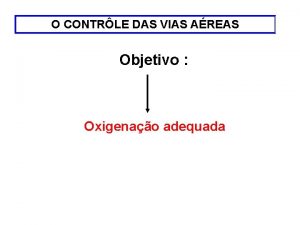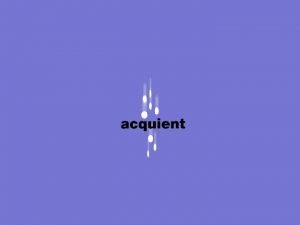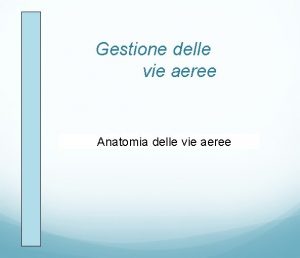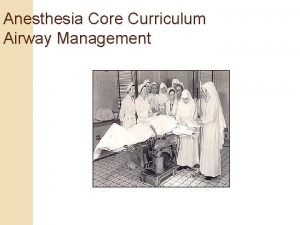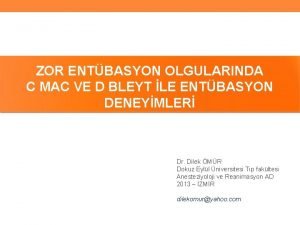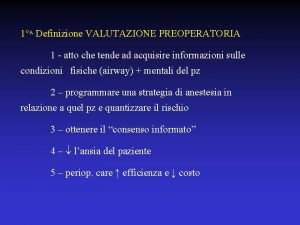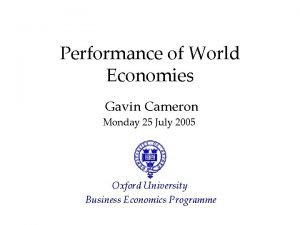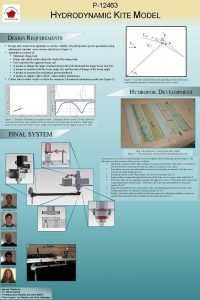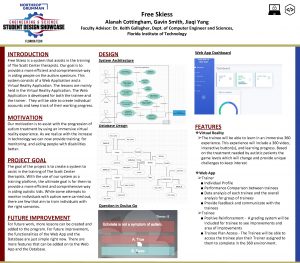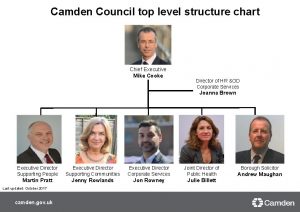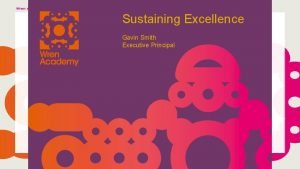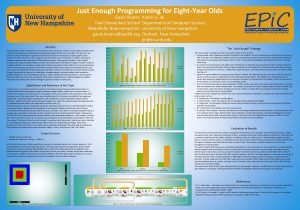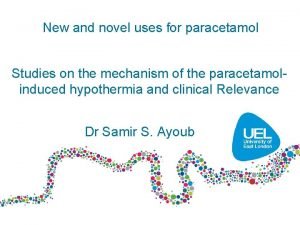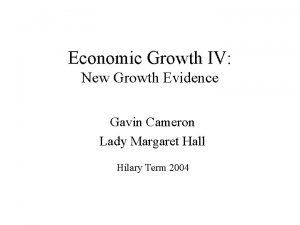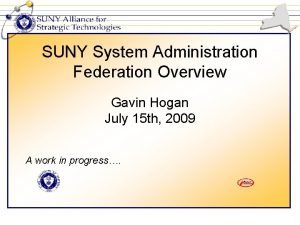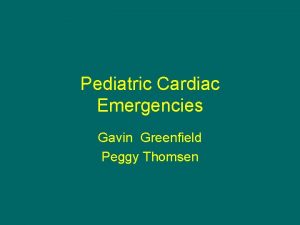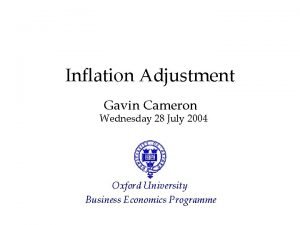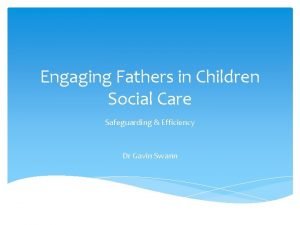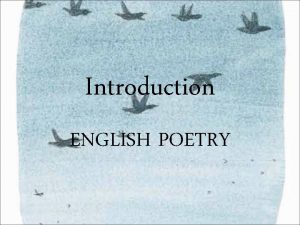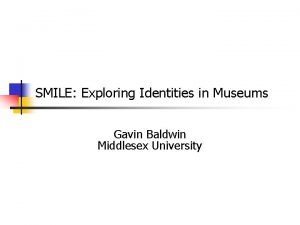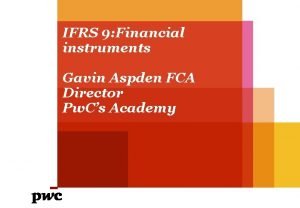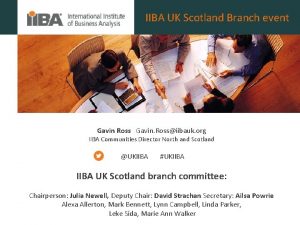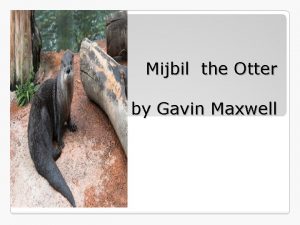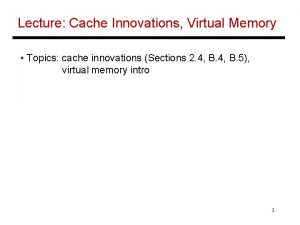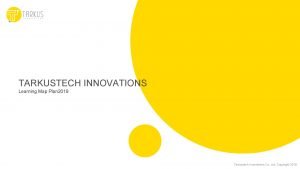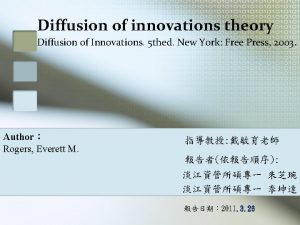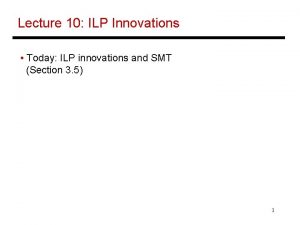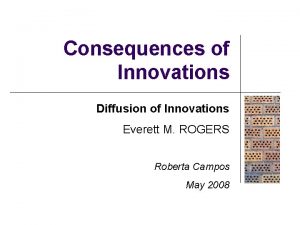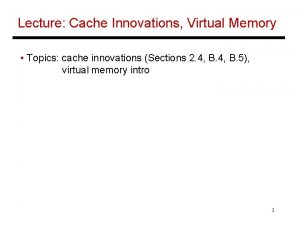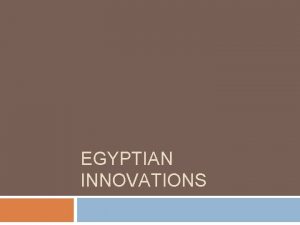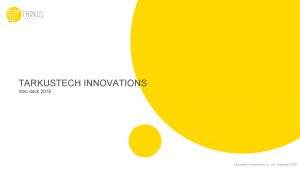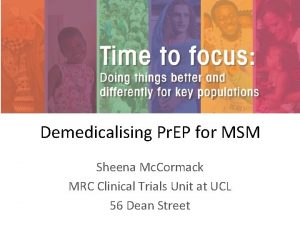Gavin Mc Cormack INNOVATIONS IN EDUCATION HOW TO






























- Slides: 30

Gavin Mc. Cormack INNOVATIONS IN EDUCATION HOW TO CREATE AMAZING CLASSROOMS

DESIGNING A CLASSROOM FOR DIFFERENT LEARNERS

THE DIFFERENT TYPES OF LEARNERS • There are 4 different types of learners in your classroom each and every day. • Your job as the teacher is to make sure that you are allowing all of them to learn in a way that suits them. • It may involve changing your classroom rules around. THE ISOLATED LEARNER

THE PARALLEL LEARNER • They are best friends, they like to work together but on different projects. • Regularly checking in with each other to make sure that everything is ok and even complimenting one another.

THE COOPERATIVE LEARNER • They like to work together on the same project at the same time and do exactly the same thing. • They support each other, give each other ideas and work alongside each other on most work. • They rely on each other.

THE COLLABORATIVE LEARNER • This is where a major project is taking place. Several children have gathered together to complete something major. • One child will naturally take the leadership role and the delegate jobs to the team.

MAKE THE CURRICULUM UNIQUE TO YOU. • Make the curriculum personal to you - if you are teaching geography, history or science. Choose topics that are close to your heart. Don’t waver away from the curriculum but personalise it to meet your needs. This way you’ll teach with passion and vigour and your shining light will inspire those in your class.

AVOID UNNECESSARY HOMEWORK. The world, life and nature should be our children’s homework each and every night. For it is here where the rich learning of life takes place. 1. Being bored. When children are bored they become creative, making games, role playing and inventing things. 2. Building - allow children to build a tent from sheets, a den in the garden or a robot from cardboard boxes. 3. Making dinner - measuring ingredients, counting, timing and baking are all valuable skills. 4. Helping with the housework - give your child specific roles in the house on each day. Their payment is that they contributed.

DON’T TELL THE CHILDREN EVERYTHING YOU KNOW. • Don’t tell the children everything - your job is to inspire the enquiring mind to want more. To inspire the inquisitive child to explore, research and discover. Give them 20% of what you know and let them find out the rest for themselves!!!

SIGNS THAT YOU MAY NEED TO REEVALUATE YOUR TEACHING STYLE • Here are ten red flags that will inform you that you need to revise the way you are teaching. If you are: • 1. Shouting. • 2. Sending children outside. • 3. Giving detentions. • 4. Not looking forward to school. • 5. Bored of your own teaching. • 6. Using worksheets everyday • 7. Publicly humiliating children. • 8. Working in isolation • 9. Going into lessons unprepared. • 10. Writing home negative emails to parents.

THE IMPORTANCE OF MODELLING IN THE CLASSROOM • Students are keen to learn when their teacher allows them to connect with the learning on their own terms. When a lesson is over and just because the direct teaching is over the secret is to give a research project that allows innovation. • The most crucial part for any teacher is the MODELLING part of the lesson. Where you display your interest in the subject whilst setting your clear expectations of the standard of the work you’d like to receive. • If you are planning any lesson please include the modelling section and make it your mission to hook your students through your enthusiasm and expectations.

SINGS THAT YOUR CLASSROOM IS FUNCTIONING EFFECTIVELY • • If your classroom or your child’s classroom has these things, well you’re doing well!! VOICE - there should be noise in every classroom. Voices of discussion, cooperation, collaboration, debate and problem solving. CHOICE - Can your children make decisions for themselves? Where to sit, who to work with and what to learn? REFLECTION - Is there designated time for reflection in the classroom? How did I do today? What can I do better tomorrow? • CRITICAL THINKING - Can the children solve real life problems? Make it real. • INNOVATION - Do your children have the opportunity to use their own ideas? “Model what you would do and ask them to decide how they will paint their picture!” • SELF ASSESSMENT - Does your timetable allow children to regulate their own learning journey? “I tried my best today in English but tomorrow I will work harder on mathematics!” • CONNECTED LEARNING - Do your lessons span the curriculum? If you’re learning about polygons, how did the Romans use them in their buildings?

THE QUALITY OF LEARNING, NOT TEACHING • Today we studied leaves. This pair of students decided they’d like to venture into the playground, collect leaves, identify them and make a leaf book. From that, they intend to examine them under a microscope and look at the cell structure, and these children are only 8. • Could these be the ones who save the amazon rainforest from extinction?

ARE ACADEMICS THE ULTIMATE GOAL? Academics are important, but it is important that we focus on more than this when we assess the development of our children. Our world is in danger. We need to teach more than the academic side of life, for this will only get them so far. • We will teach them to sit with those who are sitting alone. Stand beside those whom people avoid, talk to those to whom no one listens. • We will teach them to be kind for the feeling of being kind. To give to those who genuinely need it and ask for nothing in return. • We will teach them to offer help even when no help is required. To understand that to give somebody your time is the ultimate gift.

BUILDING A POSITIVE ENVIRONMENT • Allow children to demonstrate their knowledge of a subject by showing their work to the rest of the class. • Not all work has to be written down and ticked. It can be a poem, a play, a model, a picture or even a speech.

THE IMPORTANCE OF A DAILY DIARY • • • Here’s how to use it! 1. Each morning as the children come into class. Allow them to have the first ten minutes to plan their day. They look at what work they have to finish, what’s on the timetable and make a plan! (Setting goals) 2. They may need to co-ordinate with other students about when they are going to meet to finish that project on Mars. (Managing Tine) • 3. As they complete tasks they can tick them off. (Self assessment) • 4. When they spot an act of kindness or something positive, they can note it down. (Positive reinforcement) • 5. At lunch time we ask the children to reflect on their • morning. What did they enjoy? What didn’t they like? How are they feeling? • 6. At the beginning of the afternoon they make 1 goal for themselves! (Setting targets) • 7. At the end of the day the children rate the day out of ten and leave one word to describe it. (Emotional intelligence/mathematics) • 8. Take it home over the weekend to reflect and read to parents. (Communication)

THANK YOU VERY MUCH! • If you would like to contact me you can find me here: • aretheseyourglasses@gmail. co m • Facebook – books by Gavin Mc. Cormack • Linkedin – Gavin Mc. Cormack

TEACHING GRAMMAR FOR 4 -8 YEARS • Using symbols to represent types of words is a great tool. The children can link a specific part of speech to a symbol which helps with the retention of grammar knowledge and understanding. • You are going to make these. • You will need: • Scissors, a pen, card (red, blue, black, orange) white paper.

THE ARTICLE • The small light blue triangle represents an article. • There are only 3 articles • The • An

THE NOUN • Nouns are represented by large black triangles. • Nouns are the names of objects. • A noun can be pointed at and can be described as ‘The name of a thing’

THE ADJECTIVE • Adjectives are a medium dark blue triangle • Adjectives are describing words and often describe nouns. • They can tell us more about the noun so that we can imagine it in our head without actually seeing it. • “The man. ” • “The tall hairy man. ”

THE VERB • The verb is represented by a big red circle. • Verbs can come in different tenses. To start we keep the verbs as ‘past tense’ • Verbs are ‘doing’ or ‘action’ words. • They often tell us what the noun is doing

THE ADVERB • The adverb is represented by a small orange circle. • Adverbs describe how the noun is behaving. • They usually end in the letters – ly and can be moved around in a sentence.

USING THE SYMBOLS AS A GUIDE. WRITE THESE SENTENCES. The blue fish

USING THE SYMBOLS AS A GUIDE. WRITE THESE SENTENCES.

USING THE SYMBOLS AS A GUIDE. WRITE THESE SENTENCES.

USING THE SYMBOLS AS A GUIDE. WRITE THESE SENTENCES.

THESE CAN THEN BE USED AS A GREAT WAY TO GET CHILDREN STARTED ON WRITING STORIES. The big beautifully green dinosaur sang

TEACHING GRAMMAR 3 -6 YEARS

QUIZ TIME • Copy down the paragraph and draw the correct symbol over the top of each word. • The big green dinosaur walked slowly. The warm sun set and the sky became dark. A white swan swam quickly. Quietly I tiptoed home.
 Classificacao de cormack
Classificacao de cormack Cormack lehane
Cormack lehane Cormack lehane
Cormack lehane Kyle cormack
Kyle cormack Burp intubazione
Burp intubazione Escala de mallampati y cormack
Escala de mallampati y cormack Cormack lehane
Cormack lehane Bleyt
Bleyt Scala di cormack e lehane
Scala di cormack e lehane Cmr china
Cmr china Gavin cameron
Gavin cameron Gavin is designing a kite
Gavin is designing a kite Pc gavin smith
Pc gavin smith Jon rowney camden
Jon rowney camden Gavin smith wren academy
Gavin smith wren academy Gavin kearns
Gavin kearns Gavin giovannoni
Gavin giovannoni Tim greenfield
Tim greenfield Gavin cameron
Gavin cameron Suny system administration address
Suny system administration address Gavin greenfield
Gavin greenfield Gavin cameron
Gavin cameron Gavin swann
Gavin swann Ending gavin ewart
Ending gavin ewart Partitioning
Partitioning Gavin davies imperial
Gavin davies imperial Gavin baldwin
Gavin baldwin Spadv
Spadv Gavin aspden
Gavin aspden Andrew pryfogle
Andrew pryfogle Gavin cotter
Gavin cotter
